Table of Contents
Introduction
If you've ever bitten into a fiery yet fruity hot pepper, you know the thrill. Not only do they pack a punch, but they also bring color, crunch, and complexity to any dish. Whether you're a home cook experimenting with new flavors or a pro chef looking to elevate your spice game, understanding how to store and use hot peppers can transform your cooking experience.
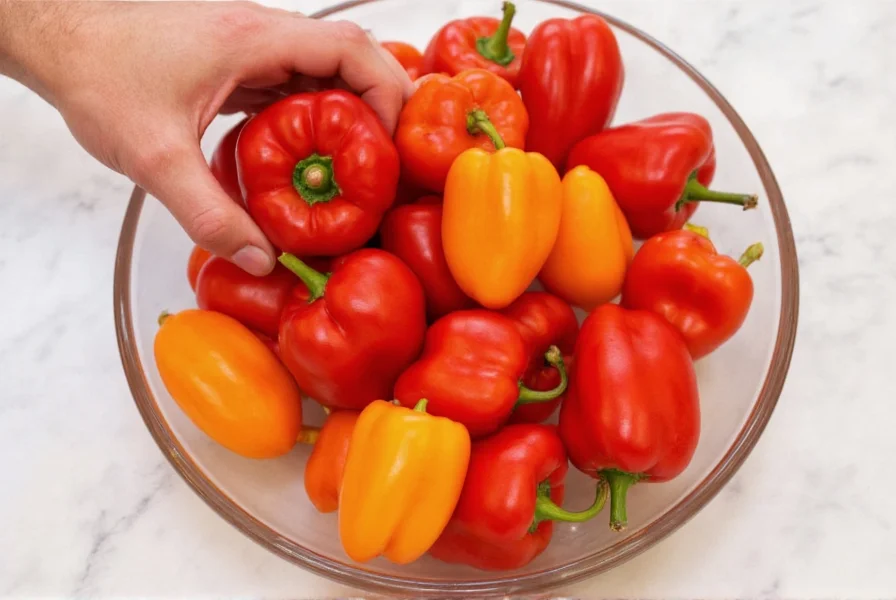
Why Hot Peppers? A Spice Lover's Dream
Unlike sweet bell peppers, hot peppers bring heat and depth to your dishes. They're not just spicy; they're versatile! From salsas to stews, pizzas to pasta sauces, these peppers add both flavor and flair.
Their heat level ranges from medium to high depending on the variety and preparation method. But don't worry — there are ways to tone down the fire if needed, which we'll cover later.
Common Hot Pepper Varieties
| Variety | Heat Level (Scoville) | Flavor Profile | Best For | Source Verification |
|---|---|---|---|---|
| Cubanelle | 100–1,000 | Mildly spicy, citrusy | Sautéed dishes, light stir-fries | Chile Pepper Institute |
| Ancho Poblano Hybrid | 1,000–2,500 | Earthy, smoky | Roasting, sauces, stuffing | Chile Pepper Institute |
| Hatch Green Chile Hybrid | 2,500–8,000 | Bold, smoky, variable heat | Southwestern dishes, chilis, enchiladas | Hatch Chile Festival Official Guide |
Note: Scoville ratings reflect laboratory measurements under controlled conditions; actual heat varies by growing region and season (Chile Pepper Institute, 2023).
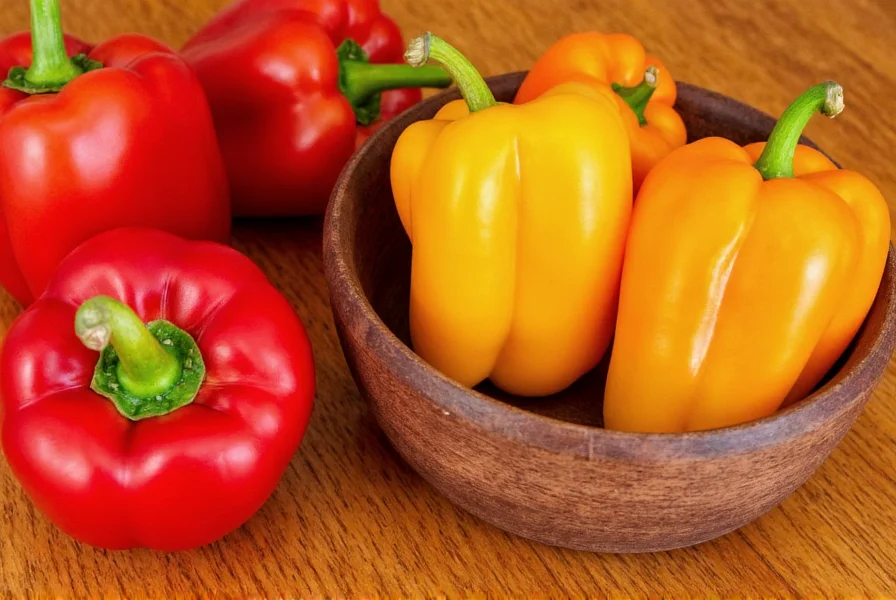
The Evolution of Heat: A Historical Timeline
Understanding hot peppers' journey reveals why their heat profiles vary globally. Archaeological and genetic evidence shows a 6,000-year domestication process:
- 6000 BCE: First cultivation in Central America (modern Mexico/Peru) identified through starch grain analysis in pottery shards (Source: Nature Communications, 2016)
- 1493 CE: Columbus introduces peppers to Europe, initially misclassified as "pepper" due to pungency similarity (Source: Encyclopædia Britannica)
- 1548 CE: First European cultivation records in Spain as ornamental plants (Source: Economic Botany Journal, 1999)
- 16th Century: Portuguese traders spread peppers to Africa/Asia; integration into Indian curries and Korean gochujang begins (Source: Journal of Global History, 2020)
- 1912: Wilbur Scoville develops standardized heat measurement scale using human tasters (Source: Journal of the American Chemical Society)
- Present: DNA sequencing confirms 5 domesticated Capsicum species with regional heat adaptations (Source: Genetic Resources and Crop Evolution, 2019)
Hot Pepper Storage Tips
Like all fresh produce, hot peppers need proper care to stay flavorful and usable. Here's how to keep them at peak freshness — whether you plan to use them today or save them for later.
- Room Temperature: Ideal for short-term storage (up to 3 days). Keep them in a cool, dry spot away from direct sunlight.
- Refrigeration: Wrap in a paper towel and place in a plastic bag or container in the fridge. Lasts up to two weeks.
- Freezing: Roast or blanch first, then freeze whole or sliced. Great for soups, stews, and casseroles.
- Drying: Hang in a warm, dry area or use a dehydrator. Once dried, grind into powder for homemade hot paprika.
- Pickling: Adds tanginess and extends shelf life up to six months. Perfect for charcuterie boards and tacos.
Critical Storage Limitations: When Methods Fail
Storage effectiveness depends on environmental conditions and pepper physiology. These boundaries prevent common preservation failures:
- Humidity Threshold: Air-drying fails above 60% relative humidity due to mold risk. Below 40% humidity, peppers dehydrate too rapidly losing volatile flavor compounds (Source: USDA Postharvest Handbook)
- Temperature Sensitivity: Refrigeration below 45°F (7°C) causes chilling injury in thin-walled varieties like Cubanelle within 7 days, accelerating decay. Thick-walled peppers (e.g., Hatch) tolerate 40°F (4°C) for 14 days (Source: UC Davis Postharvest Technology Center)
- Freezing Limitation: Whole frozen peppers develop ice crystals that rupture cell walls, making them unsuitable for fresh applications. Only recommended for cooked dishes where texture loss is acceptable (Source: National Center for Home Food Preservation)
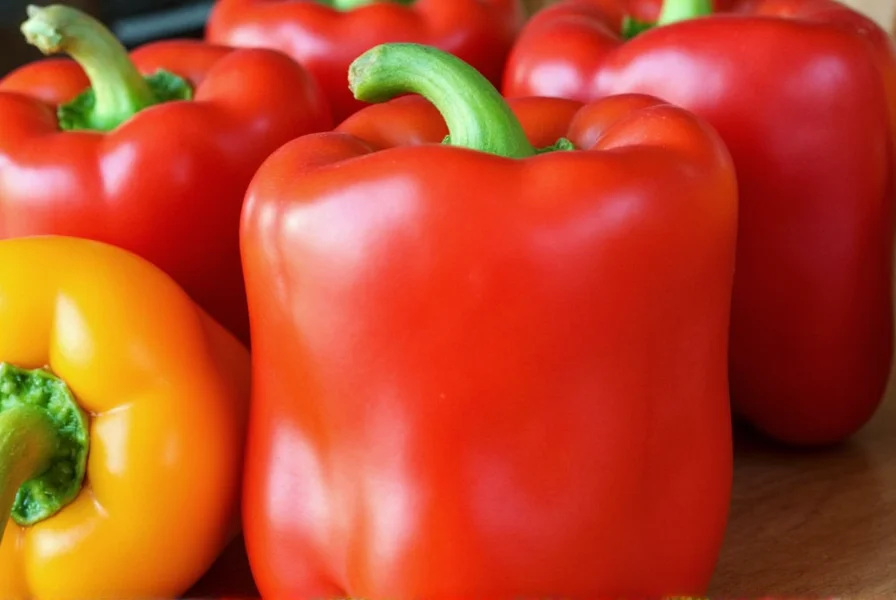
Storage Comparison Table
| Method | Shelf Life | Best For | Preparation Needed |
|---|---|---|---|
| Room Temp | 3 days | Fresh eating, quick meals | No |
| Refrigerated | 2 weeks | Cooking, slicing | No |
| Freezer | 6–12 months | Cooking, roasting | Yes |
| Dried | 6–12 months | Seasoning, grinding | Yes |
| Pickled | 6 months+ | Tacos, snacks | Yes |
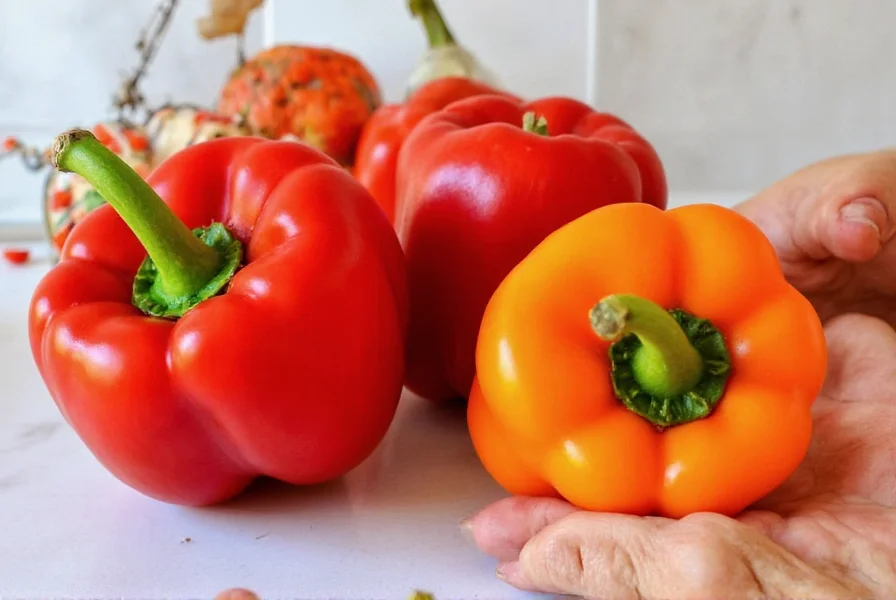
Usage Hacks for Maximum Flavor
Now that your hot peppers are stored properly, let's talk about how to make the most out of them in the kitchen. These clever tricks will help you unlock their full potential — without setting your mouth on fire unless you want to!
Hack #1: Control the Heat by Removing Seeds and Membranes
The seeds and white membranes contain most of the capsaicin, the compound responsible for spiciness. Simply removing them reduces the heat level significantly while keeping the flavor intact.
Hack #2: Roast Them for Smoky Goodness
Roasting enhances sweetness and adds a rich, smoky note. Just toss in olive oil, roast under a broiler or open flame until blistered, then steam in a bag before peeling.
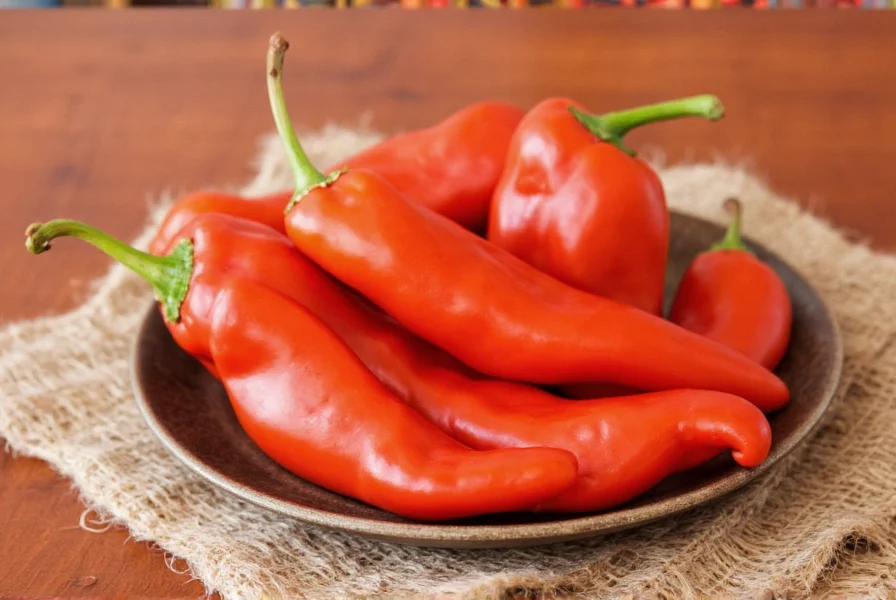
Hack #3: Blend into Sauces and Pastes
Transform roasted peppers into a vibrant sauce by blending with garlic, vinegar, olive oil, and a touch of honey. Store in a jar and use as a base for marinades or dips.
Hack #4: Add Fresh to Salads or Tacos
Thinly slice raw hot peppers and sprinkle over salads or fish tacos for a zesty kick. Pair with citrus-based dressings to balance the heat.
Hack #5: Infuse Vinegar or Oil
Infusing oils or vinegars with hot peppers is an easy way to capture their flavor. Place a few slices in a clean bottle and let sit for a week. Use in dressings or drizzle over grilled veggies.
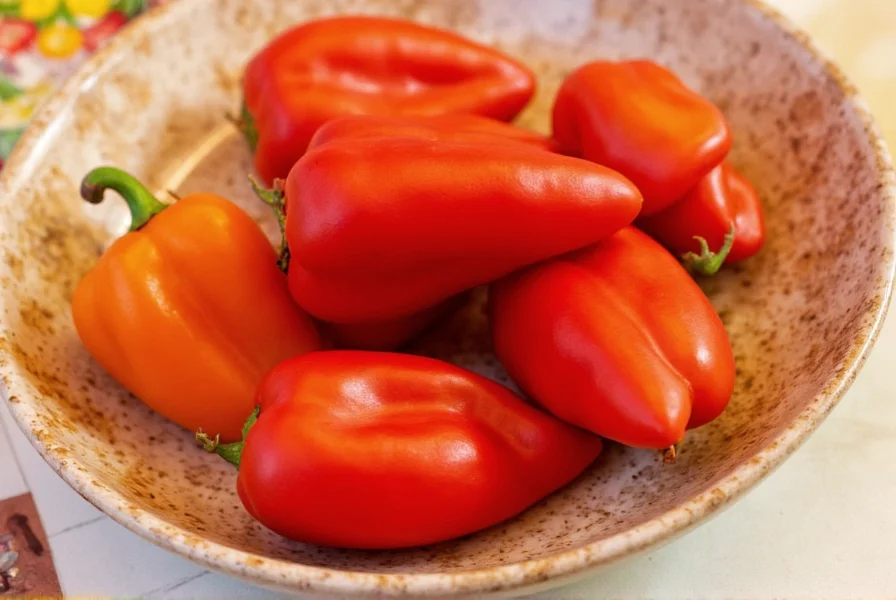
Buying Guide: Choosing the Best Hot Peppers
When shopping for hot peppers, look for ones that are firm, glossy, and heavy for their size. Avoid soft or wrinkled specimens, as those are past their prime.
Top Picks for Home Chefs and Spice Lovers
-
Hatch Green Chile Hot Pepper
Features: Locally grown in New Mexico, known for its bold flavor and customizable heat level.
Advantages: Versatile, smoky, perfect for grilling or stuffing.
Use Cases: Enchiladas, tacos, green chile stew.
Audience: Southwestern food lovers, grill masters.
-
California Wonder Hot Hybrid
Features: Adapted from the classic California Wonder, with a spicy twist.
Advantages: Thick walls, juicy flesh, moderate heat.
Use Cases: Stir-fries, stuffed peppers, roasting.
Audience: Casual cooks and spice experimenters.
-
Jaloro Yellow Hot Pepper
Features: Bright yellow color, jalapeño-like heat, thick walls.
Advantages: Great for pickling, grilling, or adding zest to salsas.
Use Cases: Salsas, tacos, appetizers.
Audience: Entertaining hosts, snack lovers.
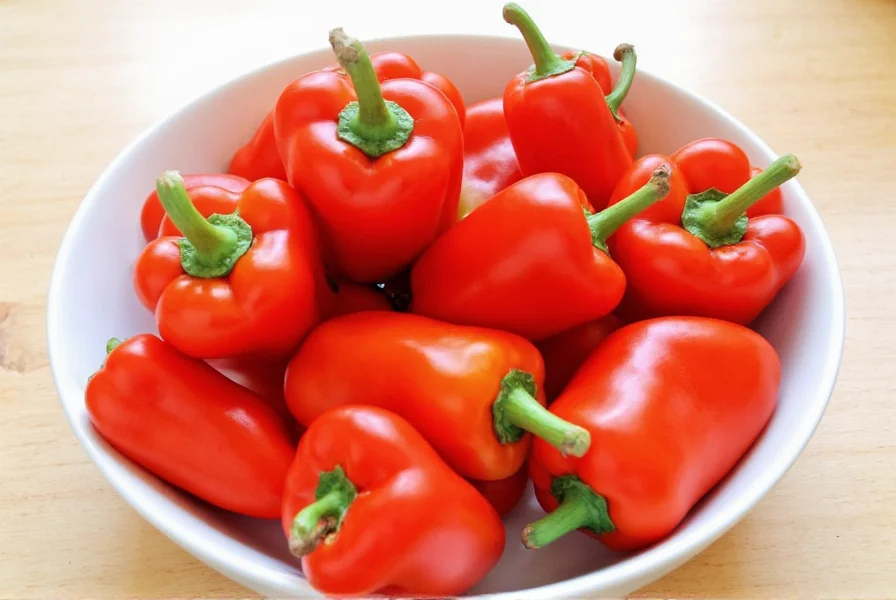
Buying Checklist
| Factor | Description | What to Look For |
|---|---|---|
| Firmness | Peppers should feel solid | No soft spots or bruises |
| Color | Ranges from green to red, yellow, orange | Bright, uniform color |
| Stem | Attached stem indicates freshness | Green and intact |
| Size | Larger peppers have thicker walls | Medium to large for best flavor |
Conclusion
From storage secrets to flavor-boosting hacks, mastering the art of using hot peppers opens up a world of culinary creativity. Whether you're tossing them in a pan, roasting them for smokiness, or drying them for seasoning, these peppers deserve a permanent spot in your kitchen arsenal.
So next time you see those glossy, colorful peppers at the market, grab a few — or a bunch — and get ready to spice things up in the most delicious way possible!
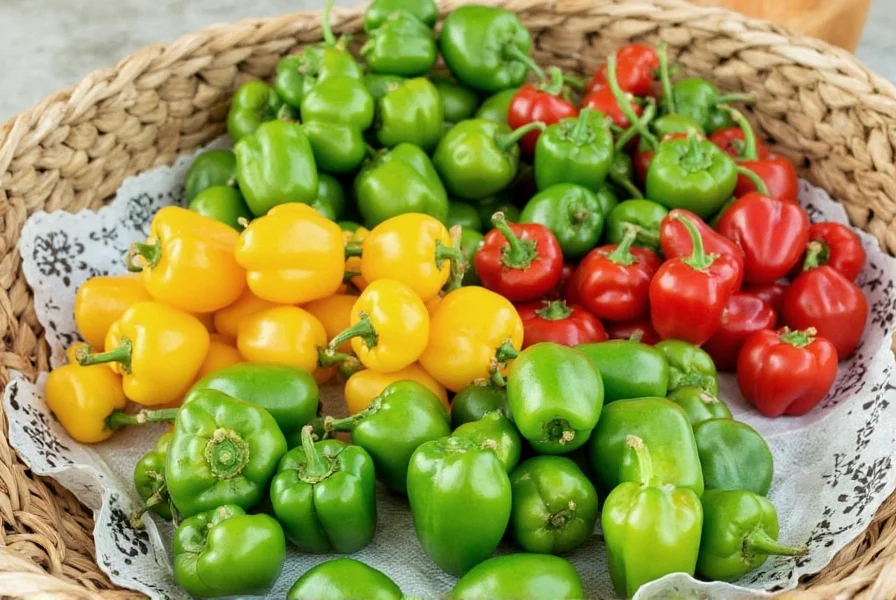
Stay tuned for more spice hacks, and remember: when it comes to heat, a little goes a long way — unless you're going all in. 🌶️

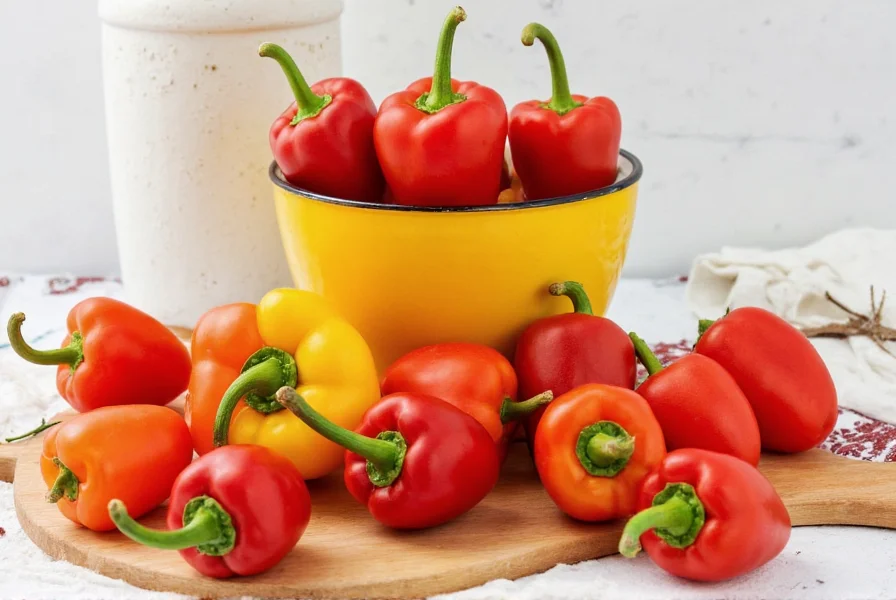









 浙公网安备
33010002000092号
浙公网安备
33010002000092号 浙B2-20120091-4
浙B2-20120091-4